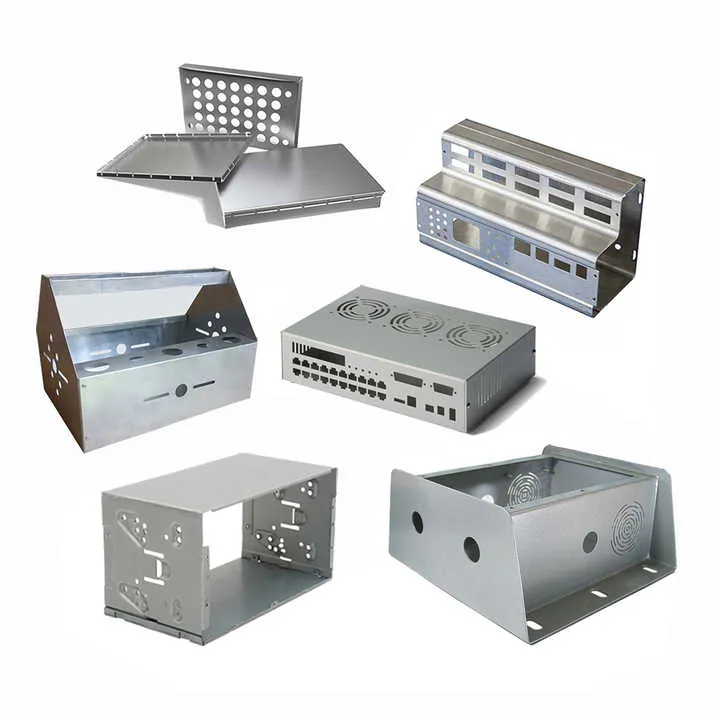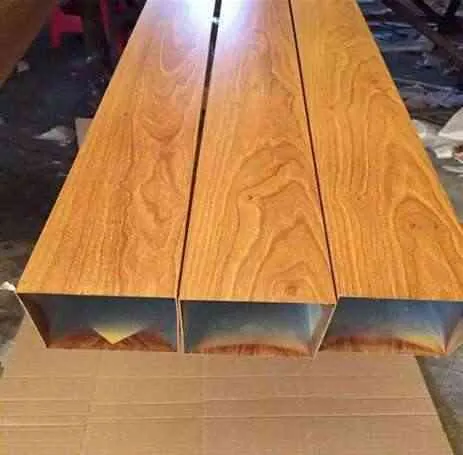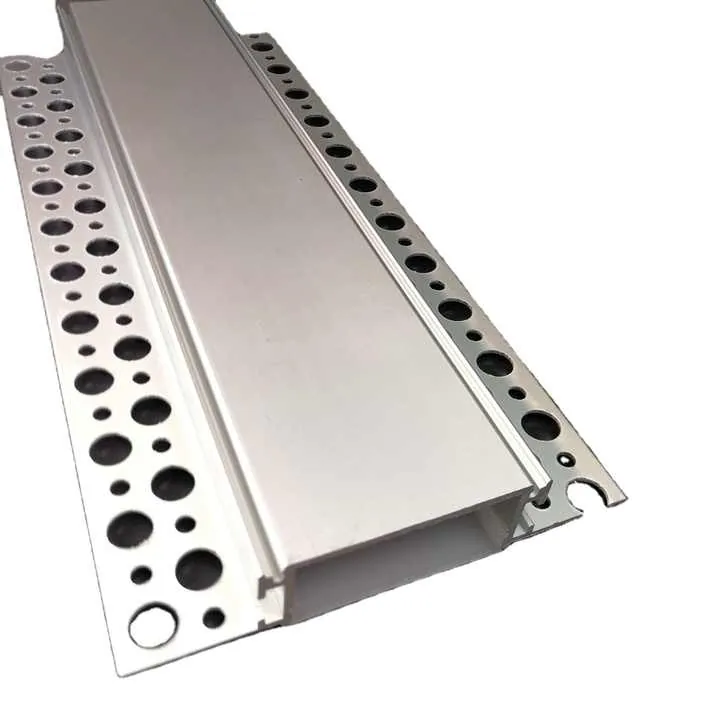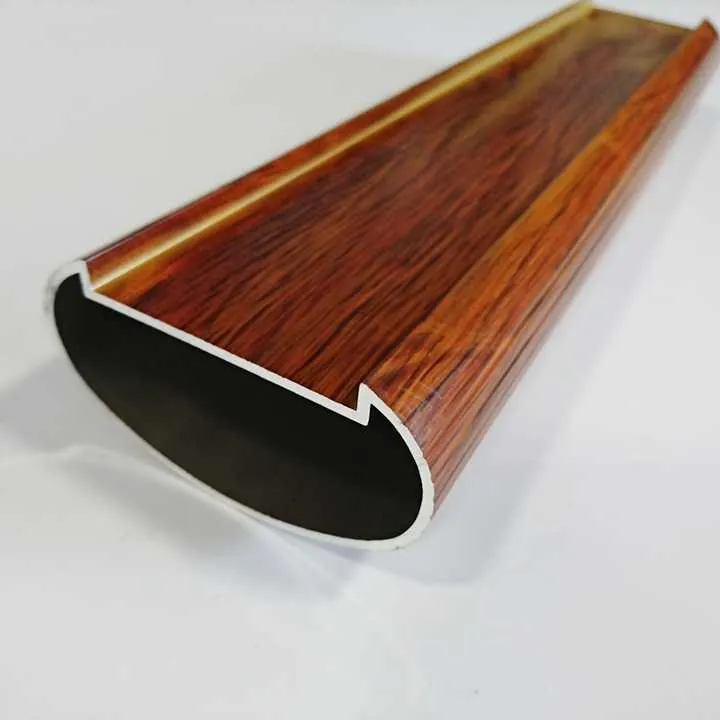How To Cut Aluminum Skirting Board – Only 5 Steps?

I have had trouble with uneven cuts and rough edges. I want to help you avoid that issue. I will share five clear steps for cutting aluminum skirting board.
I will answer how to do it simply, in just five steps. You can get clean, safe results.
I guide you through every step. I show tools, measuring, cutting, and finishing. I keep it simple so you keep reading.
What tools are essential for cutting aluminum skirting board?

I needed the right tools to get clean cuts without harm. I picked simple, safe tools.
I use these tools:
| Tool | Purpose |
|---|---|
| Hacksaw or metal-cutting blade on miter saw | To cut the aluminum cleanly |
| Clamps | To hold the board steady |
| Tape measure | To measure length precisely |
| Marker or pencil | To mark cut line clearly |
| File or sandpaper | To smooth cut edges |
I will explain each tool more. I say why I choose it. I keep the list clear.
Why each tool matters
I need strength and precision. I needed a blade that can cut metal. I used a hacksaw or a fine-tooth blade. I clamp the board so it does not move. I measure with tape so I cut the right length. I mark with a pencil so I see where to cut. I finish with a file or sandpaper so edges are safe.
Basic tool checklist
| Step | Tool |
|---|---|
| 1 | Blade (hacksaw or fine blade) |
| 2 | Clamps |
| 3 | Tape measure, marker |
| 4 | File or sandpaper |
This simple table helps me keep track when I work.
Judgment quiz
A hacksaw or fine-tooth blade is needed to cut aluminum.True
You need a blade that can cut metal cleanly.
You can cut aluminum with bare hands easily.False
You need proper tools to cut aluminum safely and cleanly.
How to measure and mark accurately before cutting?

I always start by measuring twice. I stand close. I hold the tape measure tight. I note the length. I double-check before I mark. I draw a clear line. I use a straight edge.
I mark like this:
- I place the board where it will go.
- I measure the needed length.
- I add or subtract allowance (like 1 mm).
- I mark the line with a pencil.
- I check measure again to confirm.
I do this because it saves me from mistakes. I found that re-checking keeps cuts accurate. I say once I keep the board steady, I can mark precisely and cut cleanly.
Why re-measuring helps
I avoid wasted material. I avoid recounting needlessly. I avoid mis-alignment later when installing.
Tip table for accuracy
| Tip | Explanation |
|---|---|
| Measure twice | Ensures correct length |
| Use pencil lightly | So you can erase or adjust |
| Use straight edge | Keeps mark straight |
| Check fit-up | Dry-fit planned cut to board to check fit |
Judgment quiz
Measuring twice avoids mistakes before cutting.True
Double-checking prevents cutting wrong length.
A rough sketch is enough instead of accurate marking.False
You need precise marks to cut accurately and avoid waste.
What is the safest cutting technique to avoid damage?

I keep safety and accuracy in mind. I secure board, align blade, and cut slowly. I listen to blade and feel pressure.
I cut like this:
- I clamp the board to a stable workbench.
- I align blade with mark.
- I wear gloves and eye protection.
- I start the cut slowly to create a small groove.
- I move blade steadily along the line.
- I stop before the end and ease off to reduce burrs.
I found the slow start helps prevent slips. I found steady movement keeps line straight. I found stopping gently helps reduce edge damage.
How to finish the edges cleanly after cutting?

I smooth the edges so they are safe and neat. I use a file first, then sandpaper. I check for sharp bits. I work slowly.
I do this:
- I hold board edge firmly.
- I run a file along the cut edge.
- I check with bare finger if it is rough.
- I use fine-grit sandpaper to polish.
- I wipe dust with clean cloth.
I find that I run finger gently to check. I skip this and I risk cutting skin. I polish until the edge feels smooth and uniform.
Summary table
| Step | Action |
|---|---|
| 1 | File edge along cut |
| 2 | Check with finger for roughness |
| 3 | Sand with fine grit |
| 4 | Clean debris |
Judgment quiz
Filing and sanding the cut edge makes it safe to handle.True
It removes rough edges and sharp bits.
You can leave the cut edge rough—it is safe.False
Rough edges can cause cuts. Smoothing is necessary.
Conclusion
I shared five steps to cut aluminum skirting board: gather tools, measure and mark accurately, cut carefully, and finish cleanly. With these simple steps, you can cut it safe and neat.



